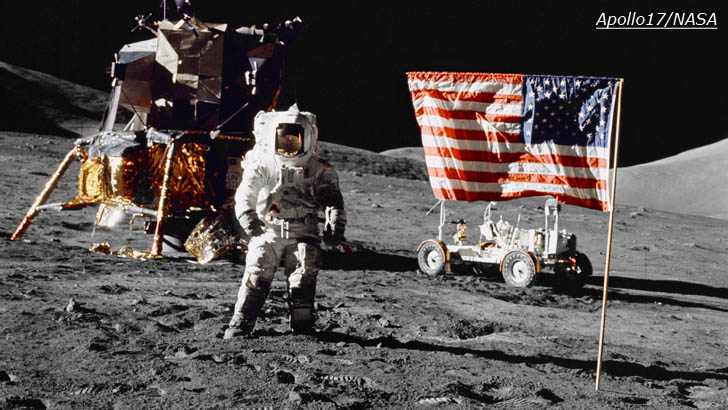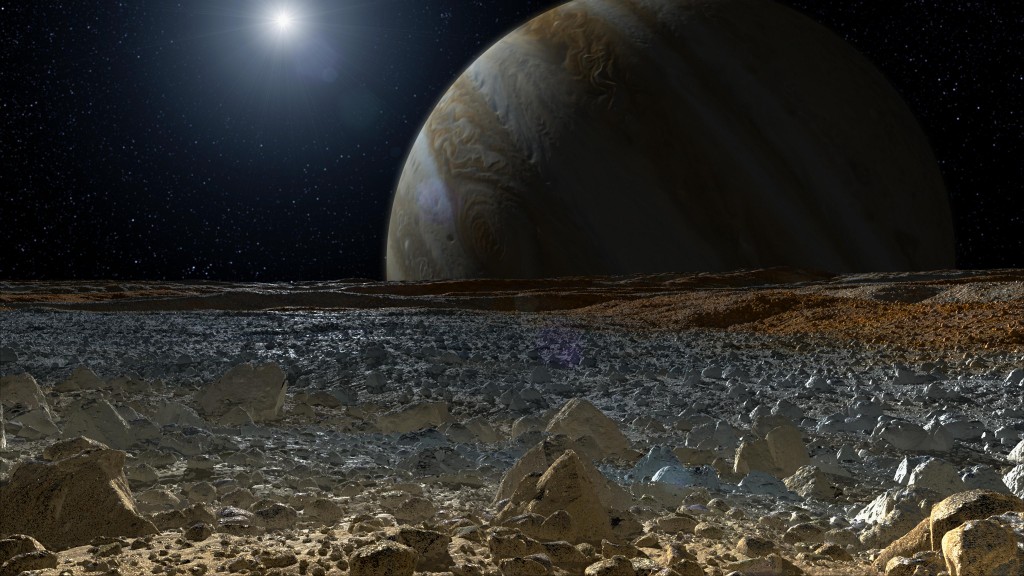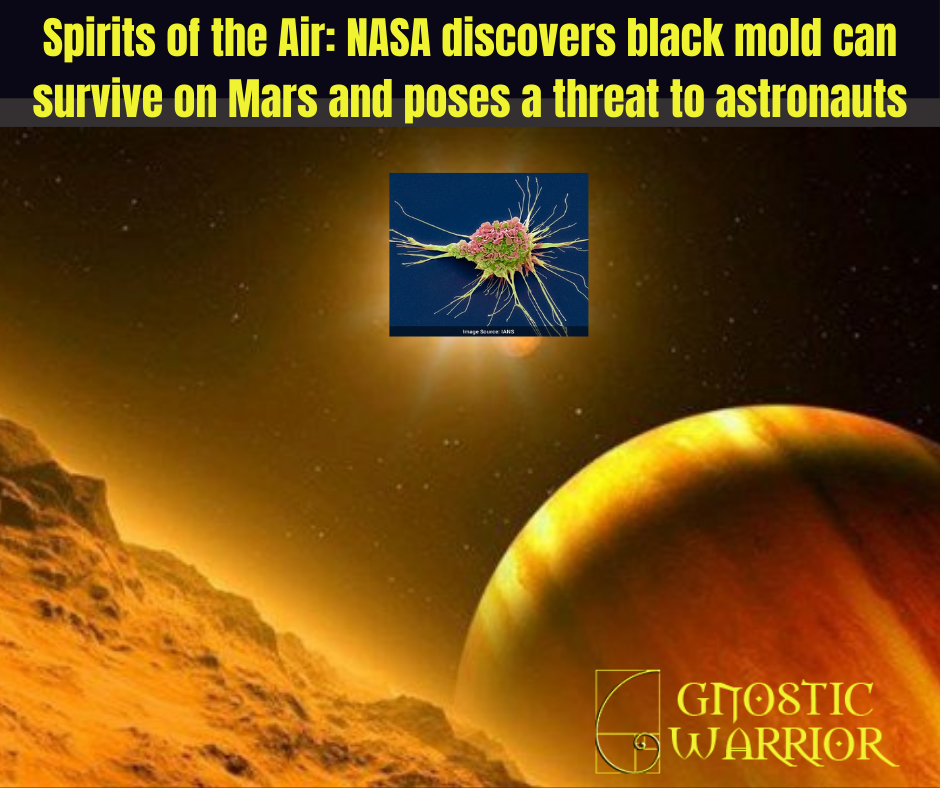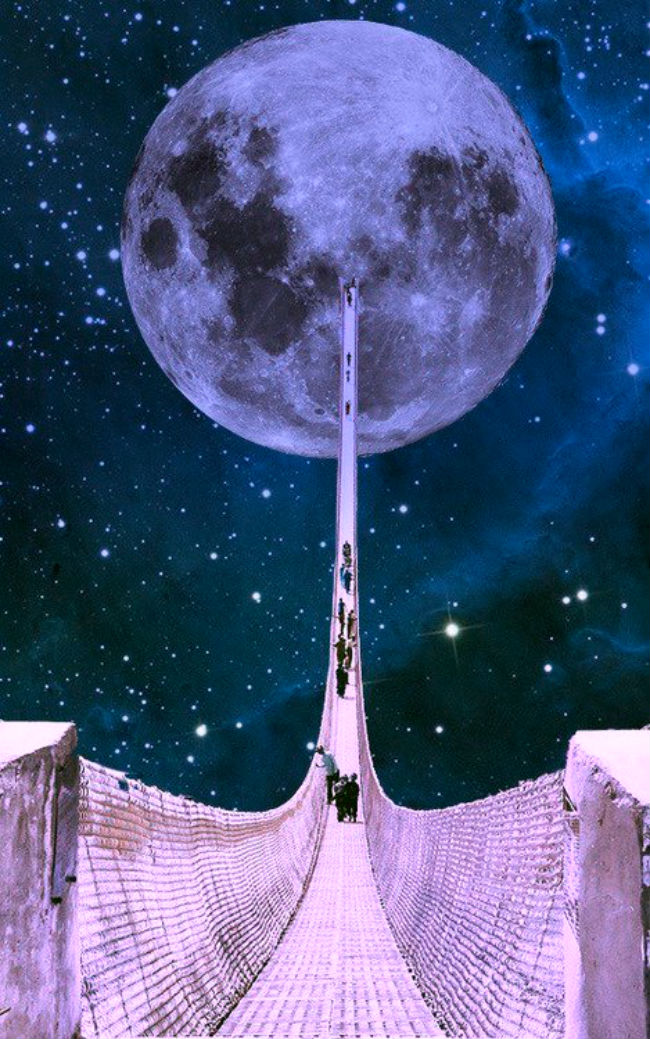In a 1962 address at Rice University, Houston, Texas, former United States President John F. Kennedy addressed the nation’s efforts in  space exploration. In his speech the President famously stated, “We choose to go to the Moon in this decade and do the other things, not because they are easy, but because they are hard.”
space exploration. In his speech the President famously stated, “We choose to go to the Moon in this decade and do the other things, not because they are easy, but because they are hard.”
A man has not touched the moon since 1972. However, today manned missions to the moon are the talk of the science community and missions are being planned by an international team of scientists who are planning a permanent moon colony in the next five to seven years — for just $10 billion.
To many people, missions to the the moon makes sense as a testing ground for humanity and our future as a true interplanetary species. This month NASA scientists and astronauts like Buzz Aldrin are advocating that the U.S. resume its missions to the moon.
NASA officials, including Bill Gerstenmaier, chief of the agency’s human space flight operations, said they will work with their international partners to facilitate their human landings on the Moon but that this is not an objective for NASA. This is largely because Obama so clearly took the Moon off the table during his 2010 speech, declaring, “We’ve been there before.”
In a special edition of New Space, NASA scientists said: ‘For a variety of very good reasons, it is time to go back to this moon, this time to stay, and funding is no longer the main hurdles.”
“Just imagine a small lunar base at one of the lunar poles operated by NASA or an International Consortium and modeled according to the U.S. Antarctic Station at South Pole. The crew of about 10 people would consist of a mixture of staff and field scientists. Personnel rotations might be three times a year. The main activity would be supporting field research selected by peer-reviewed proposals. Graduate students doing fieldwork for their thesis research would dominate the activity. No one lives at the base permanently but there is always a crew present. The base is heavily supported by autonomous and remotely operated robotic devices.
The activities at this Moon base would be focusing on science, as is the case in the Antarctic. It could provide an official U.S. Government presence on the Moon and its motivation would be rooted in U.S. national policy—again as are the U.S. Antarctic bases. A lunar base would provide a range of technologies and programmatic precedents supporting a long-term NASA research base on Mars.
None of these ideas is new, but given that all prior assumptions for execution revolved around such an activity consuming all or most of the NASA budget for decades, then progress has been extremely limited.
Now imagine that the cost of such a lunar base was within NASA’s existing deep space human spaceflight budget of $3–4 billion per year. Suddenly it would be an easy sell and would receive no opposition from the sections of the space community that are focused on other destinations.”
A study by the National Space Society and the Space Frontier Foundation estimated it would cost $10 billion for two competing companies to send astronauts back to the Moon in cooperation with NASA..
 Astronaut and Freemason, Buzz Aldrin told Newsweek this month; “We really need to remind the people and the politicians what we really accomplished back then, and how we inspired future generations, because we think it’s really time for us to put our objective here on the U.S. to landing people on the moon,” Aldrin tells Newsweek. A moonshot wouldn’t be about reliving past glories, however. It would be a step in getting us to Mars.
Astronaut and Freemason, Buzz Aldrin told Newsweek this month; “We really need to remind the people and the politicians what we really accomplished back then, and how we inspired future generations, because we think it’s really time for us to put our objective here on the U.S. to landing people on the moon,” Aldrin tells Newsweek. A moonshot wouldn’t be about reliving past glories, however. It would be a step in getting us to Mars.
“It’s what I think is a reasonable, outstanding plan beginning in 2018 and ending with humans landing on Mars by 2040,” Aldrin says.
NASA astrobiologist Chris McKay told Universe Today that one of the key benefits of a cost-effective base on the Moon is that it will bring other missions into the realm of affordability.
“I am interested in a long term research base on Mars – not just a short term human landing,” he said. “Establishing a research base on the Moon shows that we know how to do that and can do it in a sustainable way. We have to get away from the current situation where costs are so high that a base on the Moon, a human mission to Mars, and a human mission to an asteroid are all mutually exclusive. If we can drive the costs down by 10x or more then we can do them all.”
The U.S. is the only country in the world to have successfully conducted manned space flight to the moon. The first mission was on July, 20, 1969 with Apollo 11, and since then there have been six manned U.S. landings from 1969 with the last one on record in December 1972. There have also been and numerous unmanned landings from August 1976 until December 2013.

Moe is the founder of GnosticWarrior.com. He is a father, husband, author, martial arts black belt, and an expert in Gnosticism, the occult, and esotericism.








